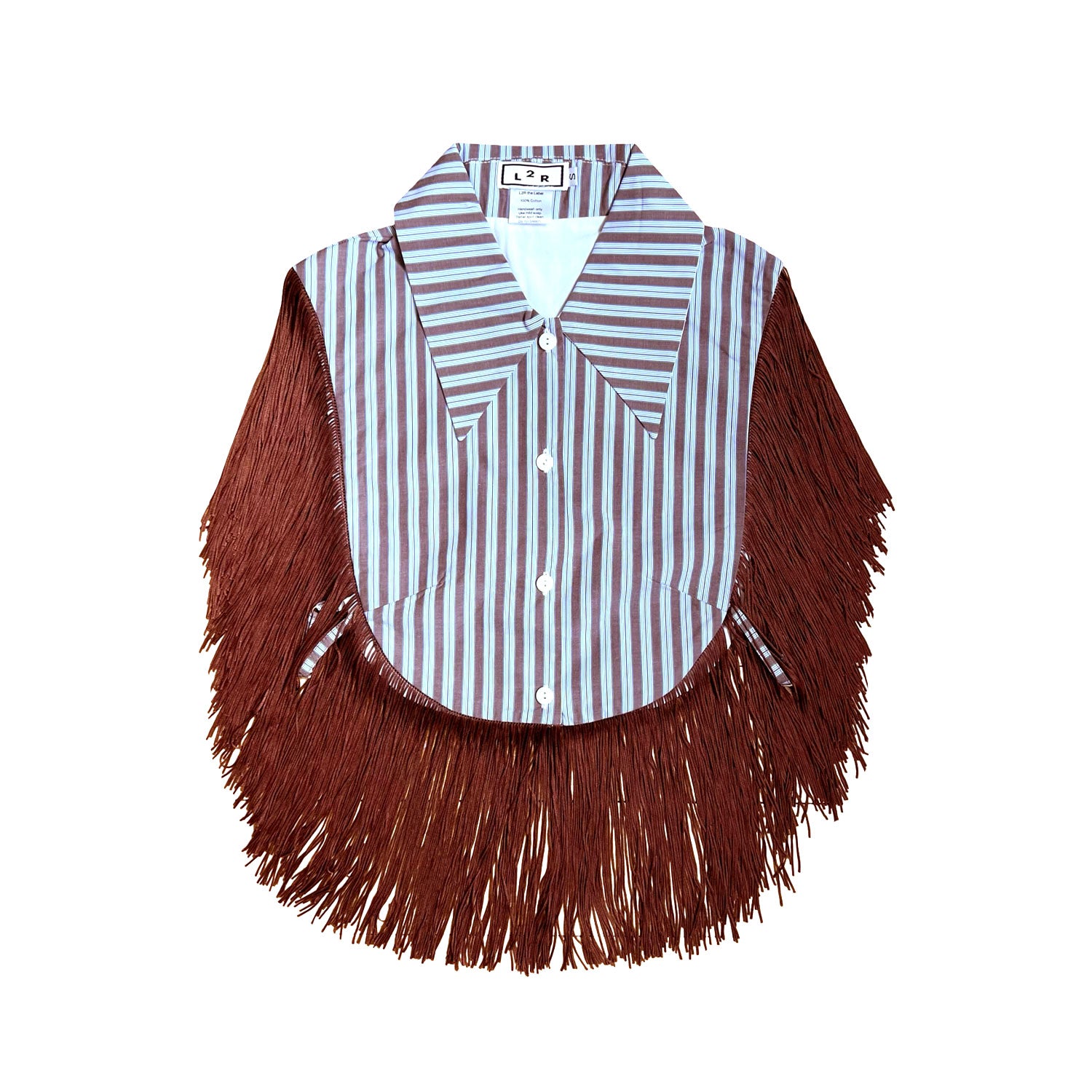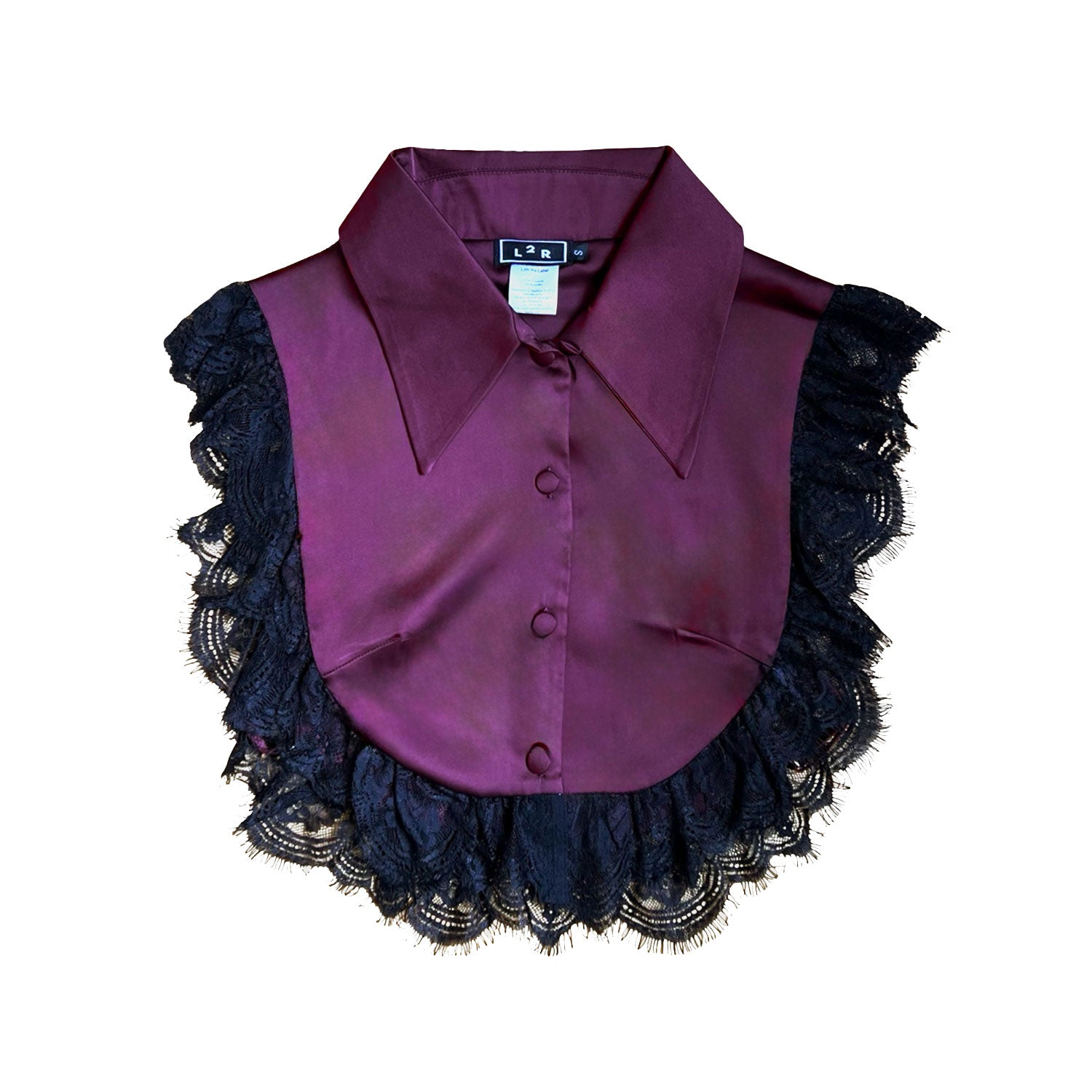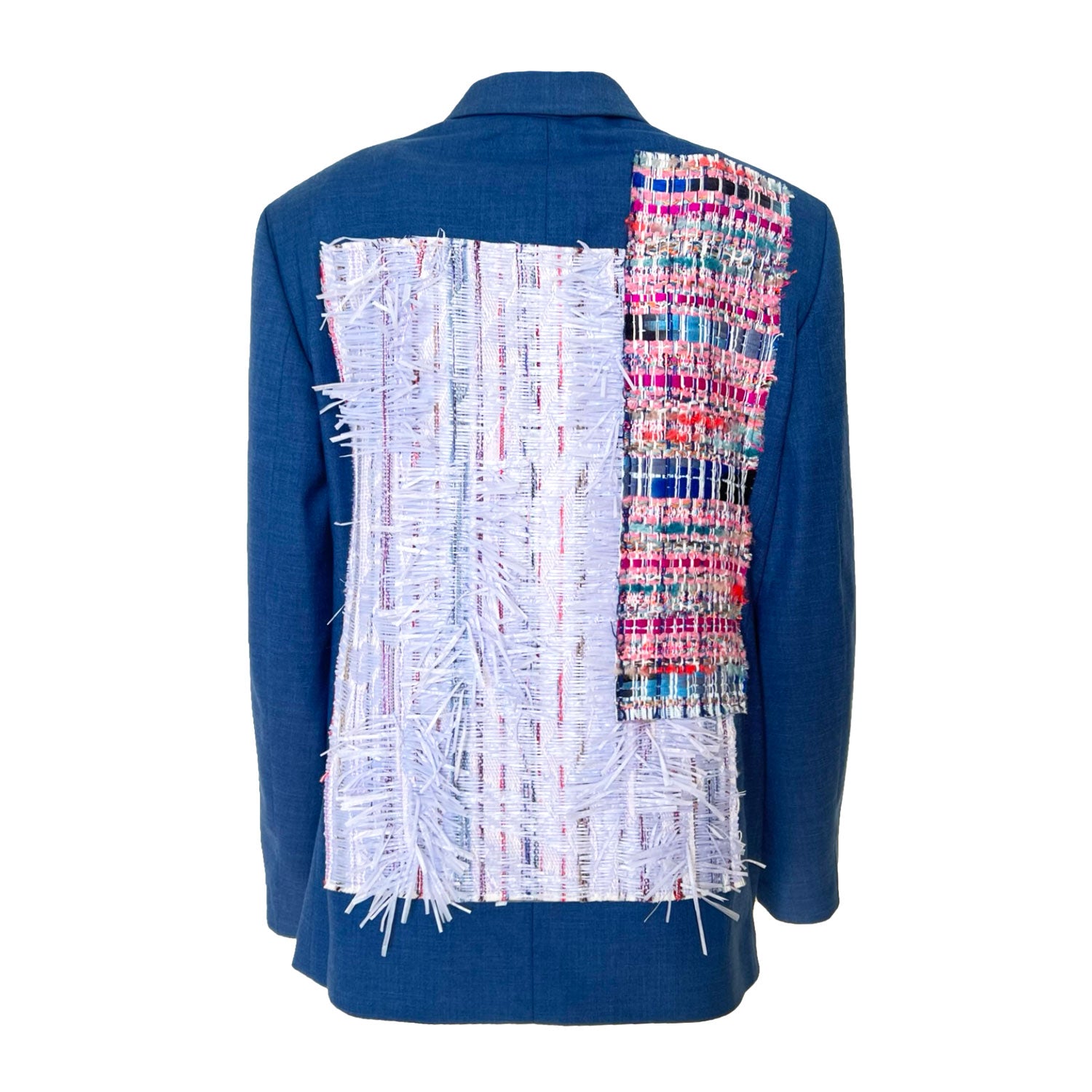
On April 22, 1970, millions of Americans took to the streets to demonstrate their concerns about the environment. Getting together to begin educating, speaking out, and finding solutions for a healthy, more sustainable planet, the very first Earth Day was the beginning of many annual celebrations, bringing the health of the Earth to the world’s forefront. Unfortunately, fifty-three years later, we’ve barely scratched the surface of our efforts to slow climate change and global warming.
Fashion’s Planetary Impact
The fashion industry is one of the greatest contributors to the earth’s decline. And apparel consumption is set to rise by 63% to 102 million tons a year in 2030. So without urgent action, the problem is only going to get worse.

Here are some ways the fashion industry is harming the planet:
Water pollution: The fashion industry is a major contributor to water pollution, with toxic chemicals from dying and finishing processes being released into waterways. This pollution not only harms aquatic life but also affects the health and well-being of the populations of people who rely on these resources.
Greenhouse gas emissions: Dyeing and finishing are responsible for 3% of global CO2 emissions. This is predicted to increase to more than 10% by 2050. That’s more than the CO2 produced by shipping and aviation combined. It also causes over 20 per cent of global water pollution.
The wastewater produced by dyeing pollutes the water table, getting into rivers and oceans. It is also used to irrigate fields. This is a major problem in countries which still dominate the dyeing industry like China, Bangladesh, Thailand and Indonesia.
Waste generation: The fashion industry generates a massive amount of waste every year, with textile waste ending up in landfills, incinerators, or being dumped in waterways. This waste not only takes up space but also releases toxic chemicals into the environment.
Exploitation of natural resources: The fashion industry relies heavily on natural resources such as water, cotton, and oil. The overconsumption of these resources contributes to environmental degradation, including deforestation, soil degradation, and water scarcity.
Human exploitation: Many workers in the fast fashion industry are paid low wages and work in unsafe conditions. This exploitation not only harms workers' lives and health but it contributes to social and economic inequality.

How Zero-Waste Fashion Honors the Earth
Earth day is the perfect time for those of us in the fashion industry to remember the part we play and find ways to adopt more sustainable and responsible practices to reduce our damaging impact to the planet.
Zero waste fashion can have a positive impact on the environment by reducing waste and minimizing the environmental impact of the fashion industry. Here are some ways zero waste fashion is making a difference:
Reducing textile waste: The fashion industry generates a massive amount of textile waste every year, with millions of tons of fabric scraps, offcuts, and unsold inventory ending up in landfills. Zero waste fashion aims to reduce this waste by designing clothing patterns that use the entire fabric without leaving scraps behind.
Minimizing carbon footprint: Traditional fashion manufacturing practices have a high carbon footprint due to the energy-intensive processes involved in producing fabrics, dyeing, printing, and transporting the finished products. Zero waste fashion reduces the carbon footprint by minimizing the waste generated in the production process and using sustainable materials like organic cotton, hemp, or bamboo.
Encouraging circular economy: Zero waste fashion often incorporates circular economy principles by designing products with longevity in mind. These products are durable, repairable, and recyclable, promoting the use of resources in a more responsible manner and reducing the impact of fashion on the environment.
Promoting ethical practices: Zero waste fashion is often associated with ethical fashion, which promotes fair labor practices and workers' rights. Ethical fashion also focuses on transparency in the supply chain, ensuring that workers and the environment are not exploited for the sake of fashion production.

L2R’s Green Impact
From day one, it’s been the L2R mission to have a positive impact on the environment through our zero-waste production, commitment to reusing and recycling, and conserving precious resources.
By shopping from the L2R line of zero-waste accessories this Earth Day, you’ll not only be helping to conserve water and reduce carbon emissions, but your eco-conscious choices will have a high impact on the environment and future generations.

Check Out Our Earth Month Sales
Shop the Green Impact Edit


Rescued Denim Eco-Conscious Belts


Upcycled Hairgoods

Reclaimed Wool Shopper Totes

Zero-Waste Beanies










